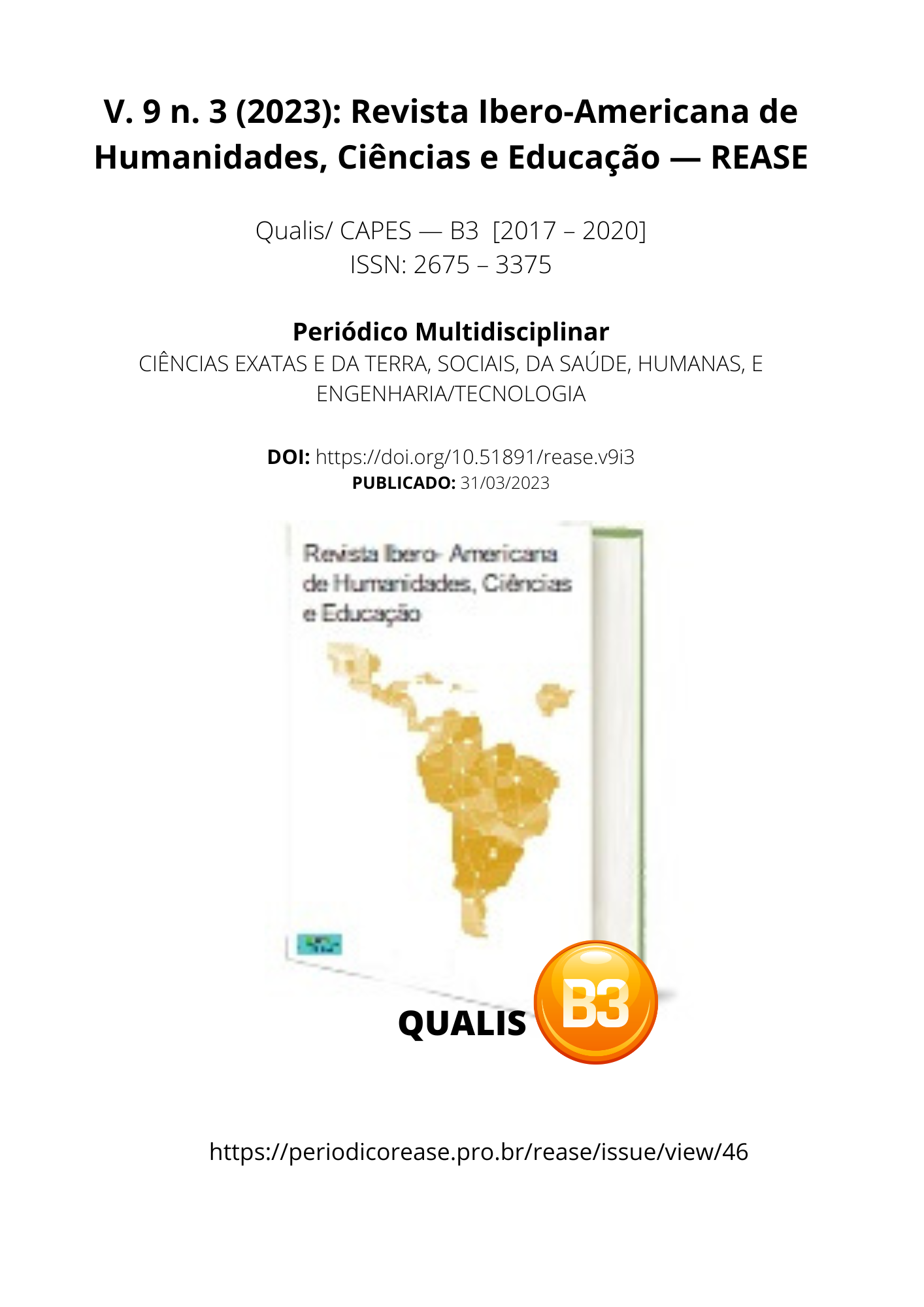METALLOGRAPHIC ANALYSIS OF NODULAR CAST IRON
DOI:
https://doi.org/10.51891/rease.v9i3.9290Keywords:
Cast iron. Metallographic analysis. Nodulization. Mechanical properties.Abstract
Ductile cast iron, in addition to having high tensile strength, presents numerous application possibilities that allow obtaining different structures. Thus, a sample of a truck brake ratchet was obtained in order to perform a metallographic analysis and obtain the percentage of pearlite and ferrite. In addition, understanding the aspects that involve such a process to correlate the result obtained with that expected by the literature. Four methods were used in the sample preparation process, namely: cutting, sanding, polishing and chemical attack. In the first step, the sample was cut, which was done slowly to prevent damage to the surface of the piece. Subsequently, sanding was carried out in order to eliminate deeper marks and scratches on the surface of the piece resulting from the previous process. After sanding, the piece was polished and the machine was set to a speed of 150 to 600 rpm, using 0.3µc alumina and passing through 0.1µc alumina. Finally, chemical attack was carried out with Sol Nital (5% nitric acid and 95% alcohol), leaving the piece immersed for 35 to 40 seconds. The material presented as a result 55% of pearlite and 45% of ferrite, being these data correlated with the literature proving the composition of the microstructure.
Downloads
Downloads
Published
How to Cite
Issue
Section
Categories
License
Atribuição CC BY

